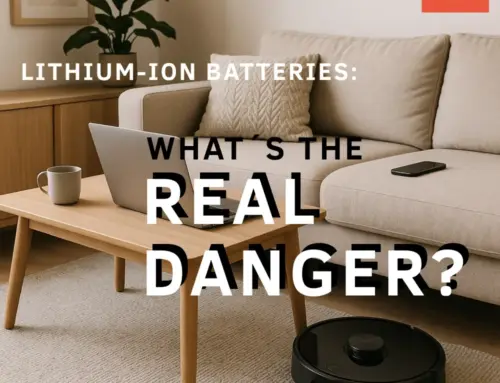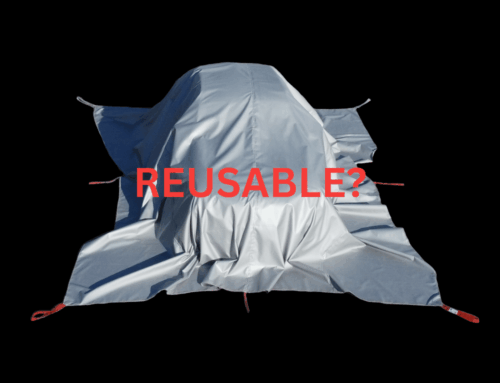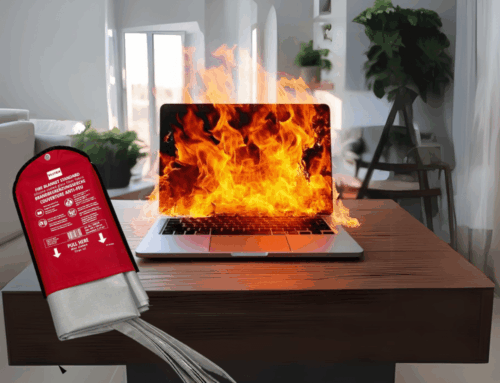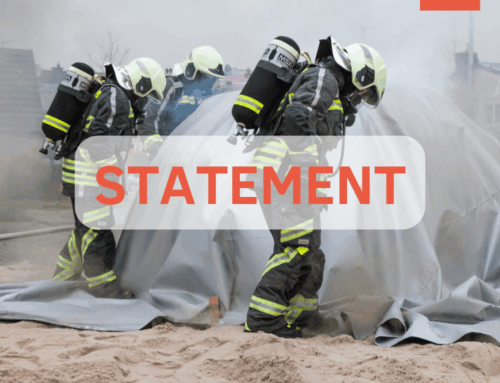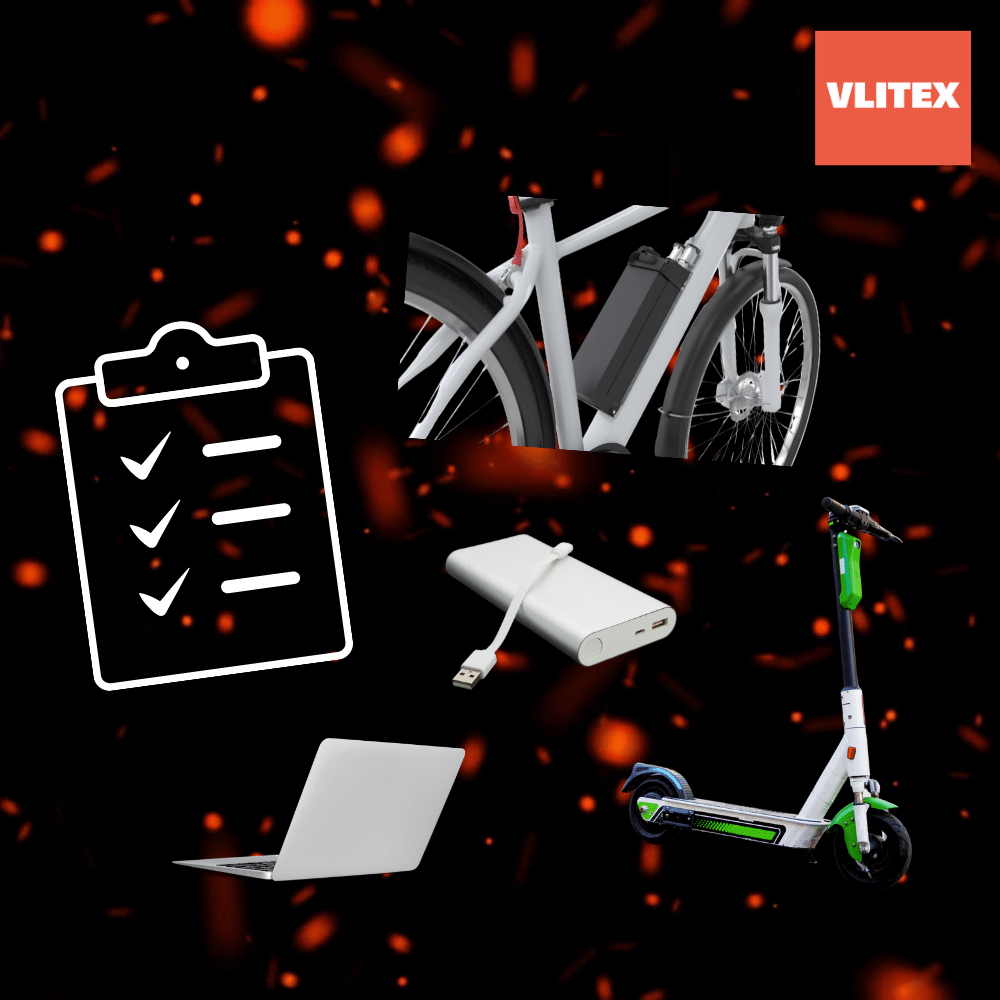
Inhaltsverzeichnis
Warum Akkusicherheit so wichtig ist
Lithium-Ionen-Akkus sind unverzichtbar geworden – ob in Smartphones, Werkzeugen, Laptops, E-Bikes oder sogar Elektroautos. Ihre hohe Energiedichte und kompakte Bauweise machen sie leistungsstark, aber auch empfindlich. Falsche Handhabung, unsachgemäße Lagerung oder versteckte Beschädigungen können zu Risiken führen, die nicht unterschätzt werden dürfen.
Mit einer klaren Akkusicherheits-Checkliste lassen sich Gefahren deutlich reduzieren.
1. Sichtprüfung vor jedem Einsatz
Bevor Sie einen Akku nutzen oder laden, sollten Sie eine Sichtkontrolle durchführen:
- Gibt es sichtbare Risse, Dellen oder Aufblähungen am Gehäuse?
- Riecht der Akku chemisch oder ungewöhnlich?
- Entwickelt er Hitze, obwohl er nicht in Gebrauch ist?
- Zeigen die Kontakte Korrosion oder Verfärbungen?
Wichtig: Verwenden Sie auffällige oder beschädigte Akkus nicht weiter. Bewahren Sie sie in einer feuerfesten Tasche auf und lassen Sie sie fachgerecht entsorgen.
2. Sicheres Laden beachten
Das Laden ist ein kritischer Moment. Befolgen Sie daher diese Regeln:
- Verwenden Sie ausschliesslich das Original-Ladegerät.
- Laden Sie auf einer nicht brennbaren Unterlage.
- Lassen Sie den Akku nicht unbeaufsichtigt – vor allem nicht über Nacht.
- Sorgen Sie für eine gute Belüftung.
- Halten Sie die Umgebung frei von brennbaren Materialien.
Eine zusätzliche Sicherheit bietet die Nutzung von Brandbegrenzungsdecken, die Flammen und Rauch im Ernstfall eindämmen.
3. Richtig lagern, wenn der Akku nicht genutzt wird
Bei längerer Nichtbenutzung sollten Akkus korrekt gelagert werden:
- Teilgeladen (30–60 %) lagern, um die Lebensdauer zu verlängern.
- Temperaturen zwischen 10 und 25 °C sind ideal.
- Keine direkte Sonneneinstrahlung oder Feuchtigkeit.
- Aufbewahrung in feuerhemmenden Akku-Safe-Regalen oder Taschen.
So stellen Sie sicher, dass selbst im Ruhezustand kein unnötiges Risiko entsteht.
4. Warnzeichen im Betrieb erkennen
Während des Gebrauchs können Störungen auftreten:
- Plötzlicher Leistungsabfall oder schnelle Entladung.
- Unerwartete Hitzeentwicklung bei geringer Last.
- Ladeprobleme oder häufige Unterbrechungen.
- Unregelmäßiges Abschalten des Gerätes.
Wer solche Anzeichen ignoriert, riskiert einen gefährlichen Akkuschaden.
5. Defekte und alte Akkus austauschen
Ein Lithium-Ionen-Akku ist kein Produkt fürs Leben. Nach 300–500 Ladezyklen lässt die Leistung nach. Tauschen Sie Akkus rechtzeitig aus, wenn:
- die Reichweite stark abnimmt,
- der Akku übermäßig warm wird,
- oder sichtbare Schäden erkennbar sind.
Alte oder defekte Akkus gehören nicht in den Hausmüll, sondern in eine kommunale Sammelstelle oder zum Fachhändler.
6. Brandschutz und Notfallvorsorge
Trotz aller Vorsicht kann ein Akkubrand entstehen. Deshalb ist es sinnvoll, vorbereitet zu sein:
- Halten Sie eine Brandbegrenzungsdecke griffbereit.
- Verwenden Sie geeignete Feuerlöscher (z. B. CO₂ oder Löschgranulat).
- Verwenden Sie kein Wasser für Akku-Brände.
- Rufen Sie bei Rauch oder Flammenentwicklung sofort die Feuerwehr.
Hinweis: Besonders in Werkstätten und Unternehmen ist es wichtig, Mitarbeitende im Umgang mit Akkus und Brandschutzmassnahmen zu schulen.
7. Privater vs. gewerblicher Einsatz
Während in privaten Haushalten meist nur wenige Akkus genutzt werden, summieren sich in Betrieben schnell Dutzende oder Hunderte. Hier sind zusätzliche Sicherheitsmaßnahmen unverzichtbar:
- Privathaushalt: Feuerschutztaschen und kleine Brandbegrenzungsdecken.
- Werkstätten: Akku-Safe-Regale und Temperaturüberwachung.
- Unternehmen mit E-Mobilität: Quarantäneflächen und spezielle Brandbegrenzungsdecken für Fahrzeuge.
Fazit: Vorsicht schützt vor Schaden
Lithium-Ionen-Akkus sind bei richtiger Handhabung sicher. Doch gerade die regelmäßige Prüfung, das richtige Ladeverhalten und die sachgemäße Lagerung machen den entscheidenden Unterschied. Mit dieser Akkusicherheits-Checkliste stellen Sie sicher, dass Risiken erkannt und minimiert werden.
Sie wollen noch mehr Sicherheit?
Setzen Sie auf geprüfte Produkte von VLITEX:
- VLITEX E-Bike Akkutasche – sicher Laden und Lagern von E-Bike-Akkus.
- VLITEX Brandbegrenzungsdecken in verschiedenen Grössen – Schutz bei Bränden von Kleingeräten bis hin zu E-Fahrzeugen.
- VLITEX Akku-Safe-Regale – professionelle Lagerungslösung für Betriebe.
Damit sind Sie bestens vorbereitet – im Alltag wie im Ernstfall.





